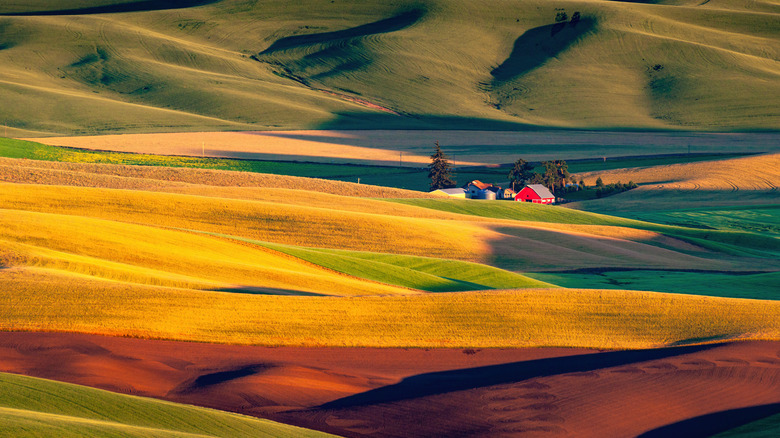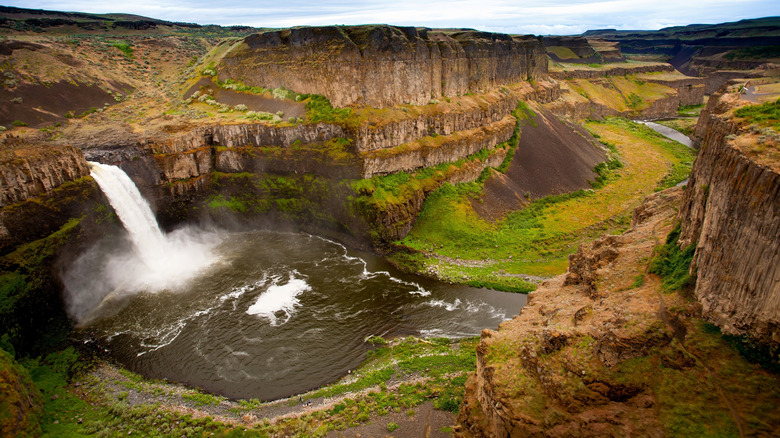Washington is probably best known for the uncrowded alpine valleys of Mount Baker or the rugged Cascade mountains, where stunning driving routes link up some of the Pacific Northwest’s prettiest mountains and lakes. But way out on the far southeastern edge of the Evergreen State lies a place that often flies under the radar; a land of emerald green hills, ancient waterfalls, and wheat fields that turn gold and ochre in the summer months. Welcome to the Palouse.
This is a truly unexplored and underrated corner of Washington. Stats provided by State of Washington Tourism show that the Metro Puget Sound region counted upwards of 34.6 million trips in 2024, compared to just 15 million for the state’s Eastern region. What’s more, within the Eastern region, the alluring city of Spokane and its gorgeous fall foliage got the lion’s share of the crowds, leaving lesser-known Whitman County — the epicenter of the Palouse region — a mere 12.9% of the tourist pie.
The upshot? You won’t be jostling with the crowds if you pick this one as your next vacation destination. What you can expect is a rare landscape that’s ranked among the seven wonders of the state, where the undulating hills go on for as far as the eye can see. It’s beloved by photographers, cut-through by scenic byways, and offers buttes to climb and rivers to kayak. The Pullman-Moscow Airport offers easy access to the area — it’s a 22-minute drive south of Palouse town. Alternatively, the drive in from Spokane typically takes around one and a half hours.
The iconic hills of the Palouse
If there’s one thing that defines the backcountry of the Palouse, it’s hills, hills, and more hills. Peaks and troughs go on all the way to the horizon, with the region spanning an estimated 3,000 square miles of rolling topography between the Idaho Border and the Snake River. It’s a rare and prime example of a loess landscape, which was formed from the windblown dust of glaciers some 13,000 years ago.
Between the end of the 19th and the start of the 20th centuries, the whole area was transformed once again by settlers predominantly from Germany and Russia, who planted grains and grasses. Today, wheat still blankets the hills of the Palouse, coloring them green by spring and golden yellow by late summer. The scenery draws comparisons with Italy’s Tuscany.
The hills continue almost completely uninterrupted across the region, though things get noticeably more rugged where the Palouse River meets the Snake River in the south. This is the home of the Palouse Falls State Park, where a roaring waterfall cascades 200 feet into a deep canyon. It’s the sole remaining waterfall left from the great floods that covered this part of the state in the last ice age, and also a truly dramatic site to behold. At the time of writing, all the marked trails into the canyon are closed but there are three open overlooks with views you’ll never forget.




